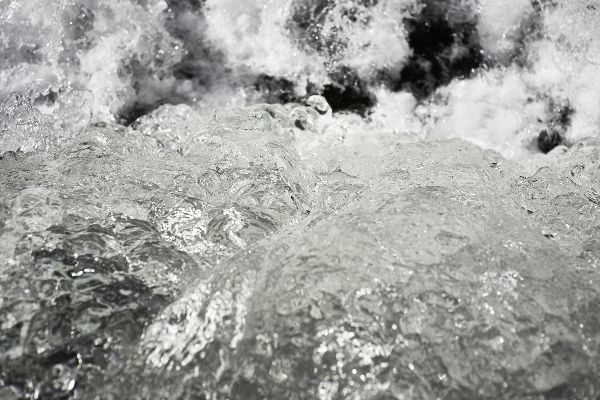Directives on surface water quality (2008/105/EC, 2013/39/EU)

At EU level, environmental quality standards have been laid down by several Directives.
Directive 2008/105/EC of the European Parliament and of the Council of 16 December 2008 on environmental quality standards in the field of water policy (OJ EC No. L 348 p. 84) is based on Article 16 of the Water Framework Directive (WFD) on strategies against water pollution.
This Directive, which came into force on 13 January 2009, establishes harmonised environmental quality standards for 33 priority substances in order to achieve a high level of protection for the environment and health. These environmental quality standards constitute the decisive benchmark for the good chemical status of surface waters required by the Water Framework Directive. The input of "priority substances" into water bodies must be gradually reduced.
In the list of priority substances, the "priority hazardous substances" that are toxic, bio-accumulative or give comparable cause for concern were particularly emphasised. Discharges and emissions of these substances are to be completely phased out within a certain period of time so that they no longer occur in water bodies in the long term.
List of priority substances
13 priority hazardous substances
- Anthracene
- Brominated diphenyl ethers (p-BDE)
- Cadmium and cadmium compounds
- C10-13 chloroalkanes
- Endosulfan
- Hexachlorobenzene
- Hexachlorobutadiene
- Hexachlorocyclohexane
- Mercury and mercury compounds
- Nonylphenols
- Pentachlorobenzene
- Polyaromatic hydrocarbons (without fluoranthene)
- Tributyltin compounds
20 priority substances
- Alachlor
- Atrazine
- Benzene
- Chlorfenvinphos
- Chlorpyrifos
- 1,2-Dichloroethane
- Dichloromethane
- DI (2-ethylhexyl) phthalate (DEHP)
- Diuron
- Fluoranthene
- Isoproturon
- Lead and lead compounds
- Naphthalene
- Nickel and nickel compounds
- Octylphenol
- Pentachlorophenol
- Simazine
- Trichlorobenzenes
- Trichloromethane (chloroform)
- Trifluralin
The environmental quality standards regulated at EU level for these 41 substances define the good chemical status. Directive No 2008/105/EC has been transposed into national law by adapting the existing Chemicals Surface Water Quality Objectives Ordinance.
Directive No 76/464/EEC - insofar as it was still in force at that time - expired on 23 December 2013.
Revision of the Directive
With the entry into force of Directive No 2013/39/EU of the European Parliament and of the Council of 12 August 2013 amending Directives 2000/60/EC and 2008/105/EC as regards priority substances in the field of water policy on 13 September 2013, the first revision of the list of priority substances was published. The most important changes are summarised below.
- Inclusion of 12 new substances or groups of substances in the list of priority substances (Annex X of Directive No 2000/60/EC), 6 of the new substances were classified as priority hazardous substances; this means that a total of 45 substances or groups of substances are now regulated by the Directive;
- Changes to the environmental quality standards for certain substances or groups of substances on the existing list of priority substances; two substances were categorised as priority hazardous substances;
- With the amendment, more biota EQS were defined for a total of 11 substances or substance groups;
- Extension of the list of substances for which trend monitoring is required;
- Introduction of a so-called watch list for substances that pose a significant risk to or via the aquatic environment and for which no monitoring data are available; diclofenac, 17α-ethinyl oestradiol and 17β-oestradiol will be included in the first watch list;
- Commitment of the European Commission to develop a strategic approach to combat the pollution of water by pharmaceutical substances and, if necessary, to submit a proposal for measures to reduce the potential environmental impacts of pharmaceutical substances by 14 September 2017
The amended environmental quality standards for the existing list of priority substances are to be applied from 22 December 2015 and for the new substances from 22 December 2018.
The list of priority substances must be revised no later than 4 years after this Directive comes into force (2017) and every 6 years thereafter.
The requirements of Directive No 2013/39/EU were primarily implemented through the Chemical Surface Water Quality Objectives Ordinance and the Water Status Monitoring Ordinance.